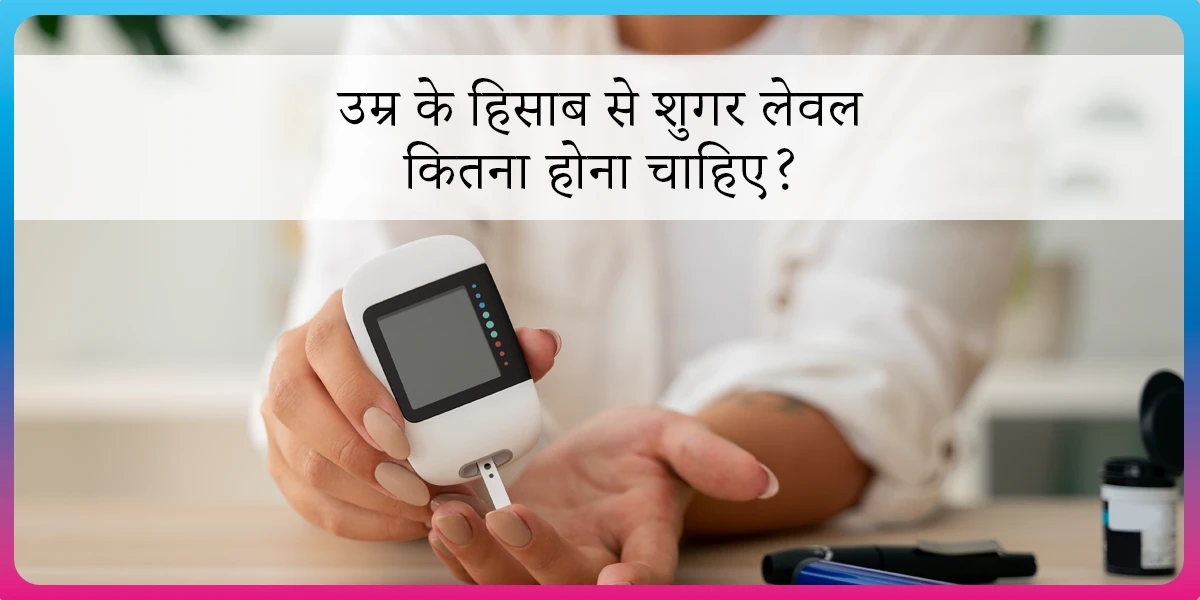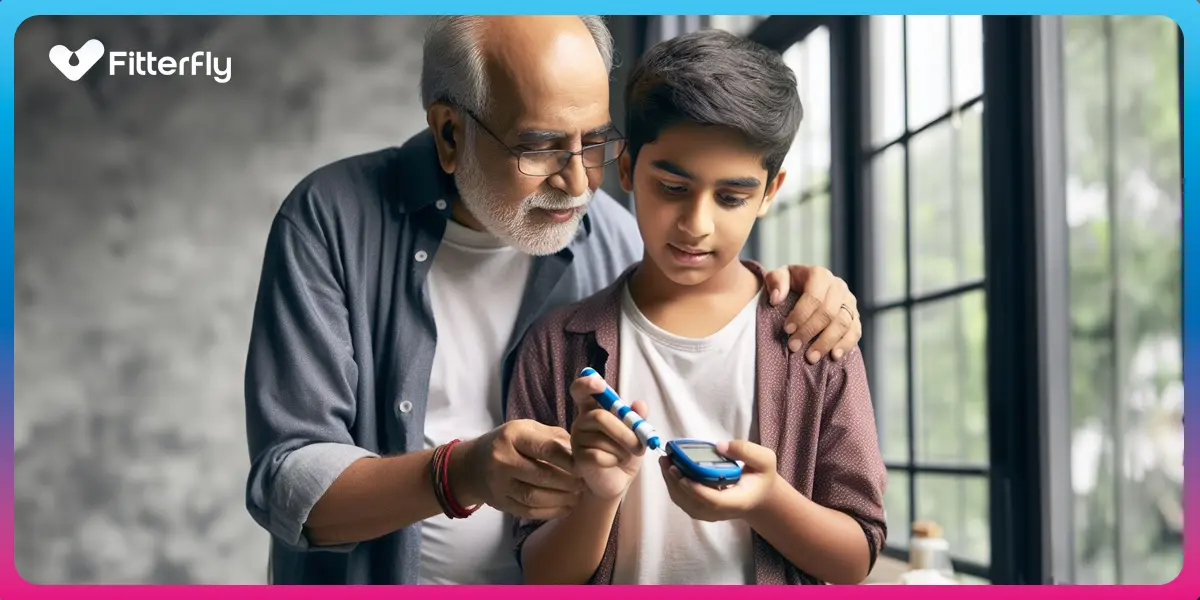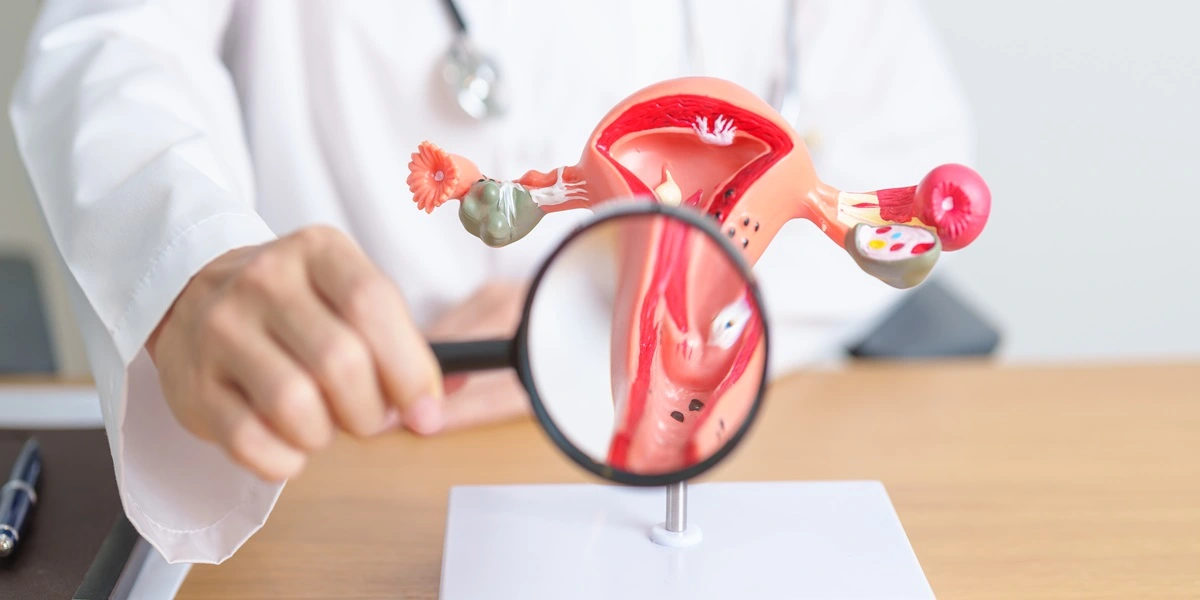An Overview of Diabetes and Eye Problems

Think diabetes; we almost always think of high blood sugar levels, obesity and other factors that cause it, but did you know that diabetes can affect your eyes?
Diabetes occurs either due to insulin resistance, i.e., the cells are unable to utilise insulin or insulin deficiency. Both of these cases result in high blood sugar levels.
So, excessive blood glucose levels can not only damage kidneys, the heart, blood vessels and nerves but also your eyes! So if you have been wondering, ‘can diabetes cause eye problems’ well, it can!
While long-standing, uncontrolled or untreated diabetes can damage your eyes and vision, undergoing regular eye examinations by an expert ophthalmologist along with good sugar control can prevent further vision loss.
Common Eye Problems in Diabetes
Before we understand more about the symptoms and treatment of diabetes problems with the eyes, here are some common conditions that one may encounter:
1. Cataracts
Though common as we age, cataracts can occur earlier and progress faster in people with diabetes due to high blood sugar levels. A cataract is characterised by a cloudy build-up in the eye lens, affecting vision.
2. Diabetic retinopathy
This is one of the leading causes of blindness in people with diabetes. Diabetic retinopathy occurs when the changes in the retinal blood vessels cause them to leak or stimulate the growth of abnormal new blood vessels.
3. Macular oedema
Macula is the centre of the retina and provides sharp, straight vision. In some people with uncontrolled diabetes, the macula can swell up due to leaky blood vessels, giving them blurred or distorted vision.
4. Glaucoma
High blood sugar levels may damage the blood vessels in the eye, and when new blood vessels form, they do so on the coloured part of the eye or the iris. This causes an increase in eye pressure and glaucoma. Neovascular glaucoma is a type of glaucoma that may occur in people with diabetes.
While retinopathies and cataracts are widely known eye conditions in people with diabetes, dry eye syndrome is also a common problem in many individuals.
What are the Symptoms of Diabetes-Related Eye Disease?
There are usually no early symptoms of diabetic eye disease. Vision changes, pain or discomfort, do not appear even while the damage may have begun inside the eye. A few symptoms that may occur as the eye disease progresses include
- Blurry or reduced vision
- Frequently changing vision
- Areas of darkness or vision loss
- Poor colour vision
- Spots or strings in the vision (called floaters)
- Flashes of light
While these symptoms are not exclusive to diabetes eye disease, if you have diabetes, you must report them to your doctor or an ophthalmologist.
To know your chances of Diabetes reversal, take the Diabetes Reversal TestDiabetes Reversal
Calculator
What are the Treatment Options For Diabetes-Related Eye Disease?
Diabetes-related eye diseases, when detected in time, are treatable. The treatment for diabetes-related eye disease depends upon the condition, its severity, its impact on vision and the individual’s health and age.
In very early stages, it is important to keep blood sugar levels under control. Your eye doctor may discuss various treatment plans with you based on your condition. They will evaluate your vision and assess your symptoms before determining the most appropriate treatment plan for your diabetes-related eye disease.
A few treatment options that may be used are
1. Medications
Drugs called anti-VEGF or VEGF inhibitors are used to treat abnormal blood vessels in the eye and stop leaking ones. Injectable corticosteroids may be used in some cases.
2. Laser therapy
Also called photocoagulation, laser therapy treats leaky blood vessels and extra fluid in the eye. This treatment prevents eye disease from worsening and prevents blindness.
3. Vitrectomy
This type of surgery removes the vitreous humour, a clear gel-like substance that fills the eye and may be used in diabetic retinopathy cases.
4. Surgery
In some advanced cases or conditions like cataracts, surgery may be performed to treat the issue and restore vision. Retinal reattachment surgery may be performed in advanced cases of diabetic retinopathy when retinal detachment occurs.
How to Prevent Diabetes-Related Eye Disease?
Though it may sound worrisome, diabetes-related eye diseases can be prevented:
1) Controlling blood sugar levels
The best and most effective way of preventing diabetes-related eye disease is to keep your blood sugar levels in control and avoid fluctuations in their levels. Eating a healthy, diabetes-friendly diet, regular exercise and taking your prescribed medications can help you maintain your blood sugar levels within the normal range.
2) Get regular eye examinations
Going for regular eye examinations is highly underrated and rarely recommended. Getting your eye checked by an ophthalmologist is important to spot any problems that may be developing and prevent vision-related issues. Ask your doctor how often your eyes should be examined.
3) Keeping your blood pressure and cholesterol levels
Besides your blood sugar levels, monitoring your blood pressure and cholesterol levels and keeping them within the normal range can lower your risk of worsening diabetes-related eye disease.
4) Avoid or quit smoking
Smoking damages blood vessels, including those in your eyes. This damage can get accelerated in people with diabetes. Therefore, quitting smoking to prevent eye disease is highly recommended.
FitterTake
Diabetes can lead to a range of eye problems, ultimately affecting vision and eye health. However, many of these issues can be managed or prevented through regular eye exams, good diabetes management, and healthy lifestyle habits.
If you have diabetes, it is essential to be aware of potential eye problems and take proactive steps to protect your vision. Work closely with your healthcare team to manage your diabetes, and don’t hesitate to seek medical attention if you experience any changes in your vision or eye health.
If you have prediabetes or diabetes and are looking to bring your blood sugar under control, we have a solution for you! Check out Fitterfly’s Diabetes Management Program.
Speak to us or give us a missed call 08068507599.
So, what are you waiting for? Take control of your health today!
This blog provides general information for educational and informational purposes only and shouldn't be seen as professional advice.
REVERSED Diabetes in 3 months


Happy members
EMI
Guarantee
4.8/5
Diabetes Prime Program




















